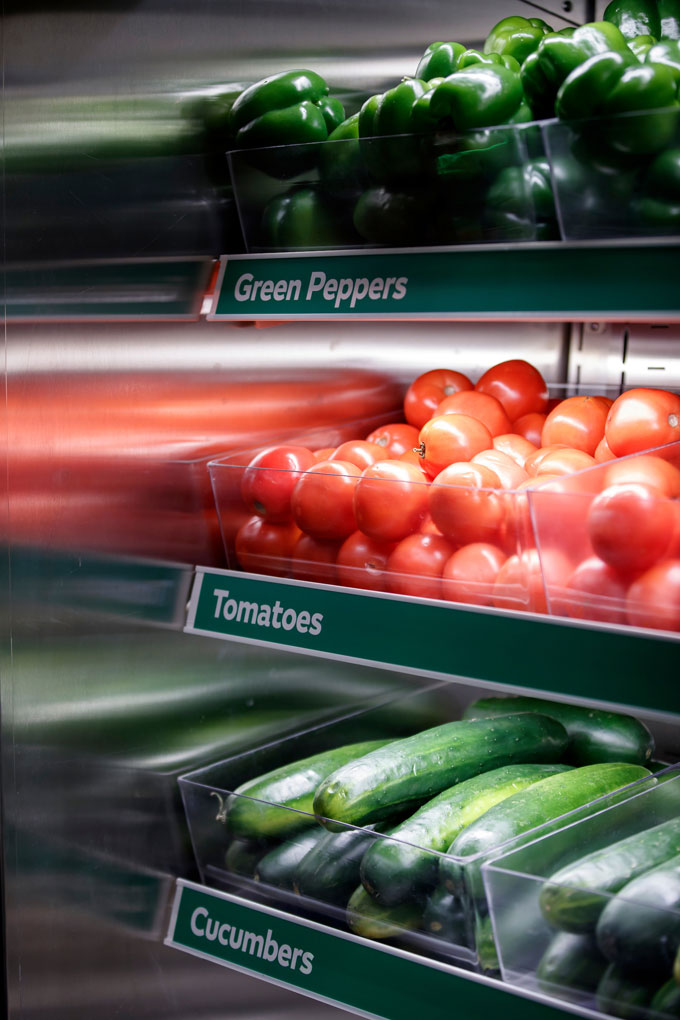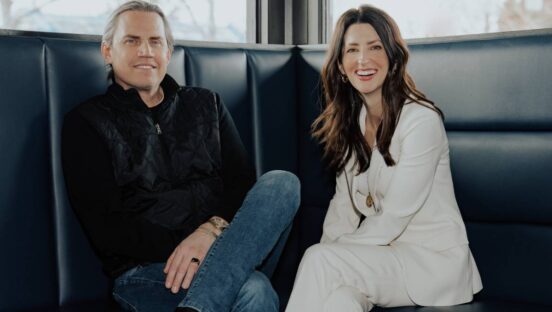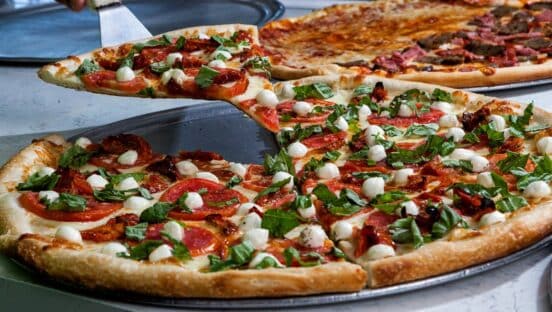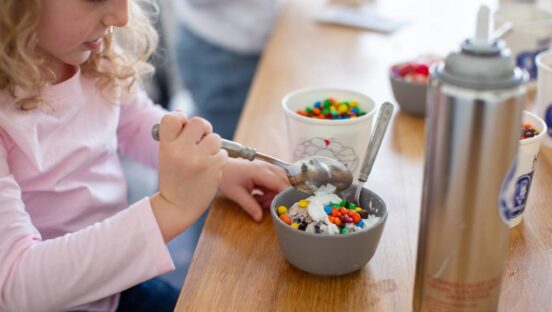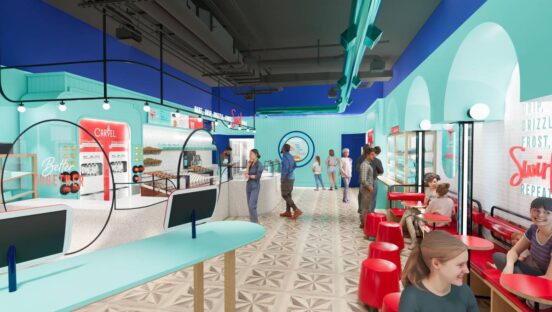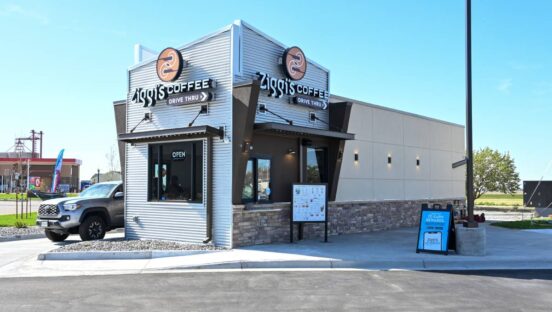Subway is a big ship. That might be one of the true understatements of the restaurant world. Even with a declining restaurant count reflective of a relocation and revitalization strategy in recent years, the world’s largest quick-service chain ended 2017 with 25,908 U.S. locations. And since July of last year, Subway rolled out the headliner “Fresh Forward” design in 465 locations, says Tracy Steinwand, the brand’s director of global operations. This is notable for a few reasons. Subway’s goal remains to update its entire massive system—an ambitious target Steinwand says will be a “multi-year” process likely to ramp up in the backend. So not only is there ample whitespace in regards to leveraging its improvements—Subway has plenty of time and data to tweak and adjust the Fresh Forward model, especially in regards to franchisee costs, as the update unfurls across Subway’s footprint.
As for how the sweeping redesign is performing, Steinwand says simply, “it’s really all good news.”
Here’s some of the meat behind the optimism:
Subway sampled a collection of Fresh Forward U.S. stores and juxtaposed them with old ones.
Gross profit was up 11 percent.
Traffic lifted more than 8 percent.
In those Fresh Forward designs at relocated restaurants versus remodels, Subway saw an even steeper hike in sales and traffic—about 18 percent and 15 percent, respectively.
One of the critical elements of this brand transformation is what it means for Subway’s future—and how the chain is promoting that progress. It has, over the course of this first year, managed to cut costs of the redesign in half. And Subway introduced an additional tier of the program, Fresh Start, which runs another 50 percent less, in an effort to open the platform to operators at all levels. Subway declined to share exact figures, only to say the brand is committed to keep lowering them.
A LOOK BACK: Step inside Subway’s bold new Fresh Forward design.
The Fresh Start model is designed specifically for remodeled locations. It takes the critical elements of the update, like a brighter color palette, the “S” Choice Mark logo, furniture, and makes it available at a significantly lower cost.
“Everything we’re doing when it comes to the value engineering is really to make sure that our franchise owners have access to the Fresh Forward décor or Fresh Start décor,” Steinwand says. “We’re really working hard to cut some of the costs out for them. That’s a key message for us.”
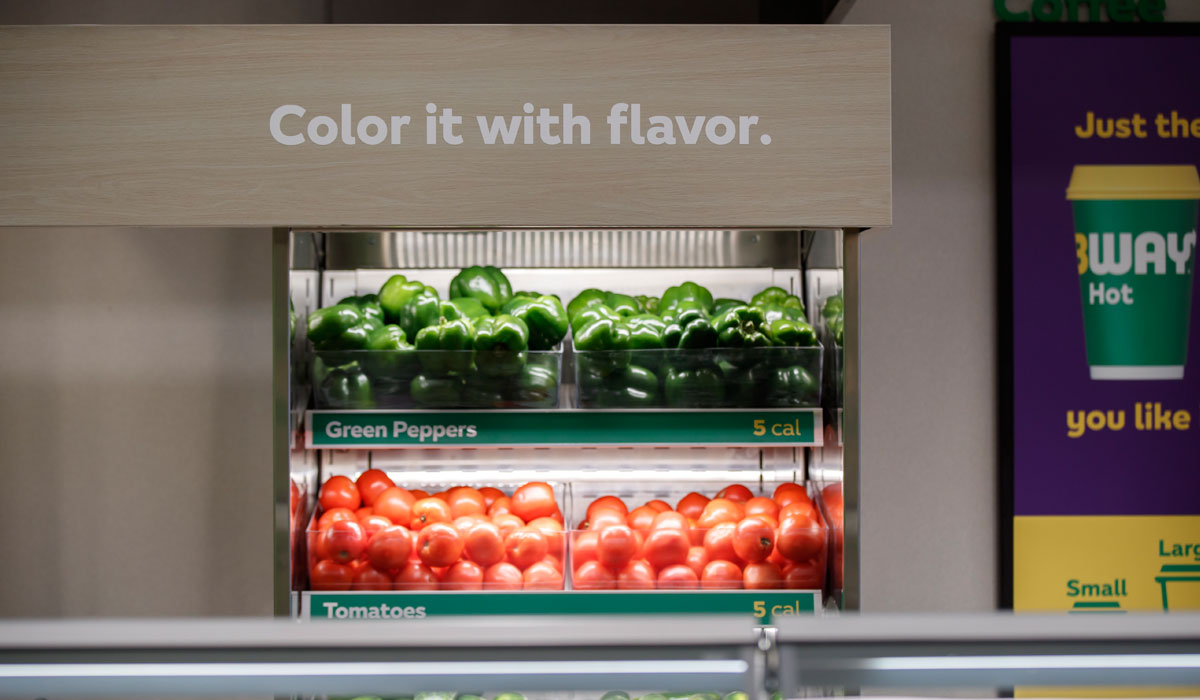
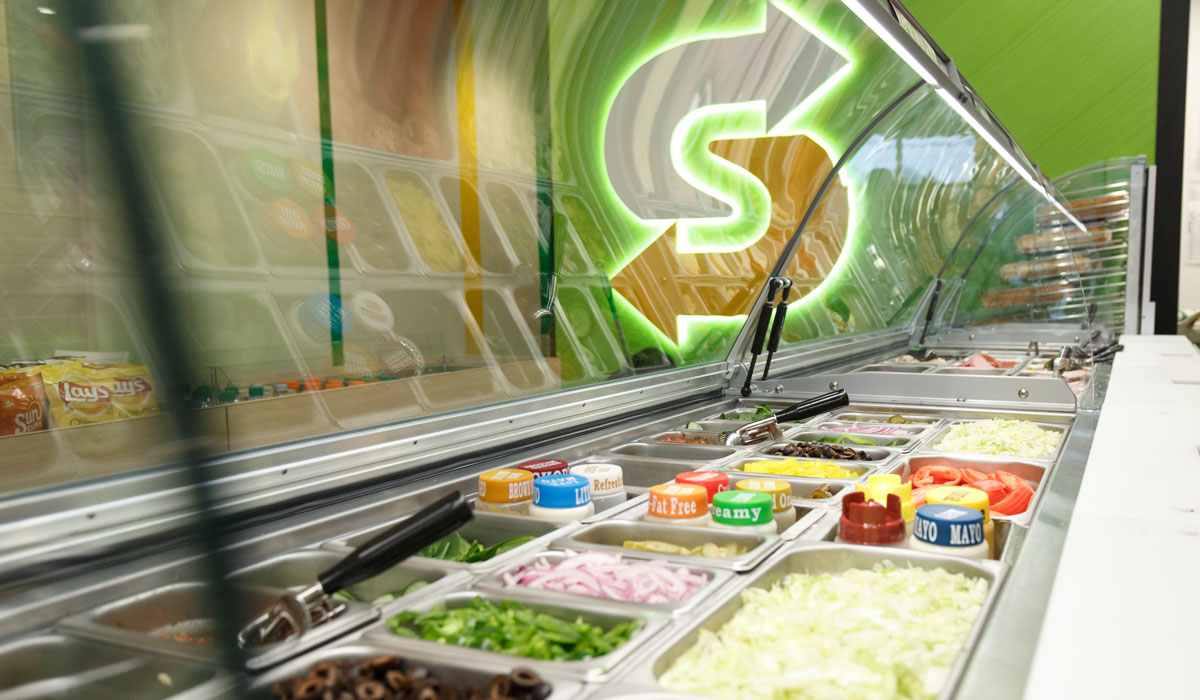
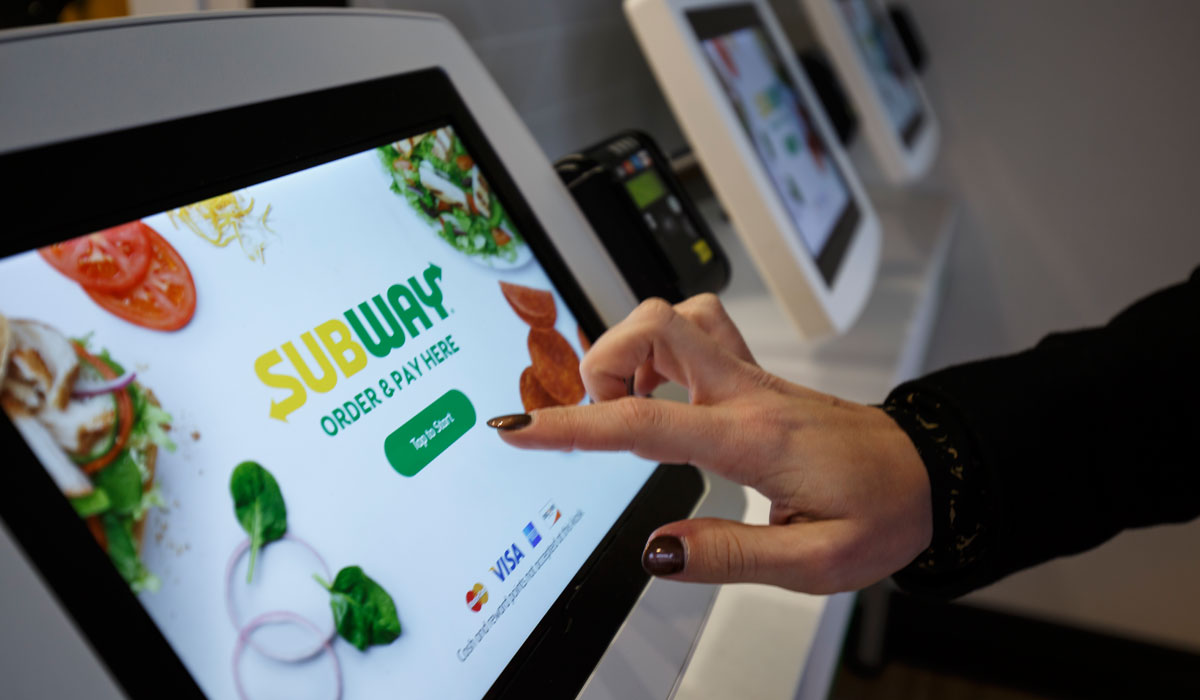
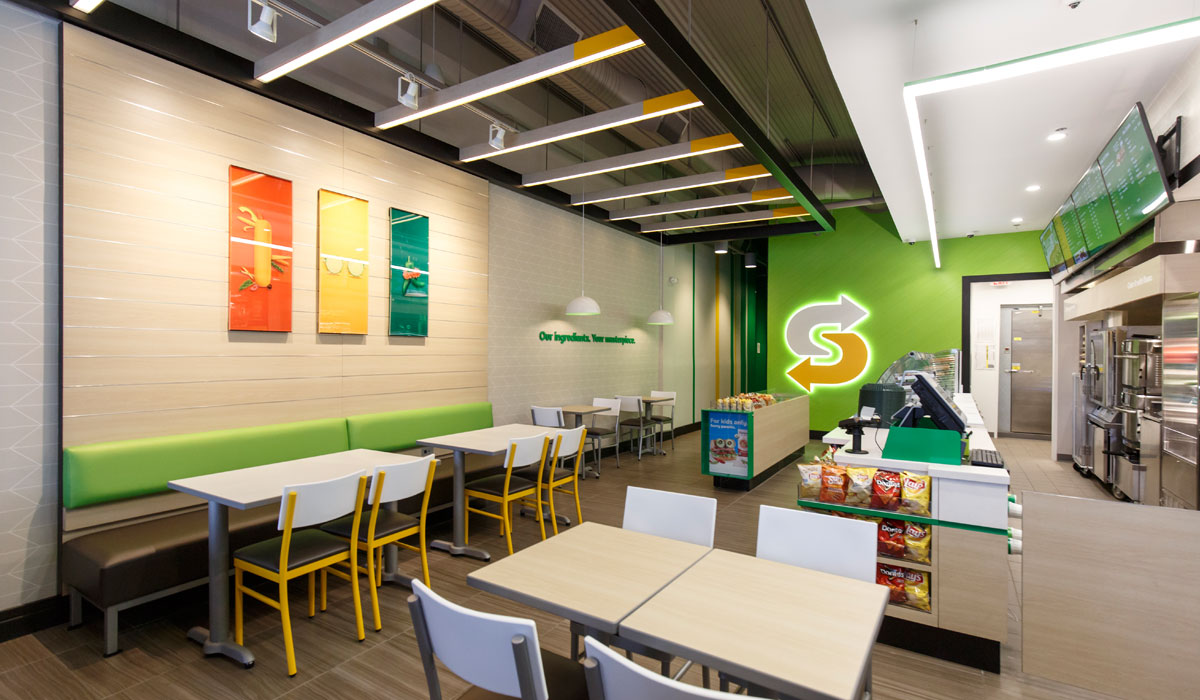
Subway, which trimmed its U.S. unit count by 866 restaurants from 2016–2017 and 359 from 2015–17 after adding 4,445 stores the previous six years combined, simply wants to get this design to franchisees as quickly and seamlessly as possible. There’s good reason, too. Understanding why sales and traffic are better at Fresh Forward locations comes down to the synergy of the message and how Subway is evolving. The brand’s broad changes align with the design. At old stores, an outdated look and fresh message don’t mix to ultimate effect.
“The whole Fresh Forward décor, from the bright green and fresh elements, it all signals to consumers that there’s something new going on at Subway,” Steinwand says.
One example is the fresh vegetable display case installed behind the sandwich line. Five decades of slicing vegetables in-house didn’t resonate until customers could see it.
Steinwand adds that Subway’s culinary innovations, such as the signature wraps launched in March—the chain’s biggest core menu addition in the U.S. since Rotisserie-style Chicken in 2016—feel on par with into the bright design. More menu changes are coming, Steinwand says.
“You walk in and see new colors and structures, and that ties in really nicely with some of the new foods that we’ll be introducing,” she says. “And it ties in with some of the new flavors that will be coming. The bold colors also reflect where we’re going with our advertising and the messages that we’re sending out.”
READ MORE:
Check out Subway’s new ‘Make it What You Want’ Marketing Campaign
Subway Goes SUBliminal in New Ad Campaign
Fresh Forward curates a different experience altogether.
“[Customers] grab their sandwich, and they sit down and can plug their phone in and charge it. They get to a place where they can go and say, ‘This is a place I can spend a bit more time in,’” Steinwand says. “And it’s just one of the ways that we’re trying to make it easy for them to choose to come see us again.”
Subway unveiled a less splashy, but equally disruptive platform recently. In August, Subway lifted the lid on its “Fresh Now” program. It was piloted in San Diego, California, and is now in about 500 U.S. locations. Subway expects the entire U.S. system to feature the Fresh Now updates by May 2019. In this case, Subway invested $80 million, Steinwand says, so it could make Fresh Now available to all of its stateside restaurants at no additional cost to operators. It’s funded by Subway, vendor partners, and existing marketing funds.
At its heart, Fresh Now is more of a culinary program than a décor one. But, again, it’s engineered to show “there’s something new at Subway,” she says.
There are “Signature Flavor Stations,” which feature new sauces and flavorings, including a signature Sub Spice blend, Mustard Seed Spread, Herbs & Lemon Seasoning, Subway Signature Herb Garlic Oil, Provencal Herbs, and fresh cracked sea salt and black pepper.
Guests also see new “Fresh Pour Beverage Stations” offering elevated options such as Watermelon Agua Fresca, Passion Fruit Agua Fresca, Homestyle Lemonade, Green Tea, and Unsweetened Black Tea.
Employees have new uniforms inspired by the fresh menu, and there are bold menu boards designed with personalization in mind.
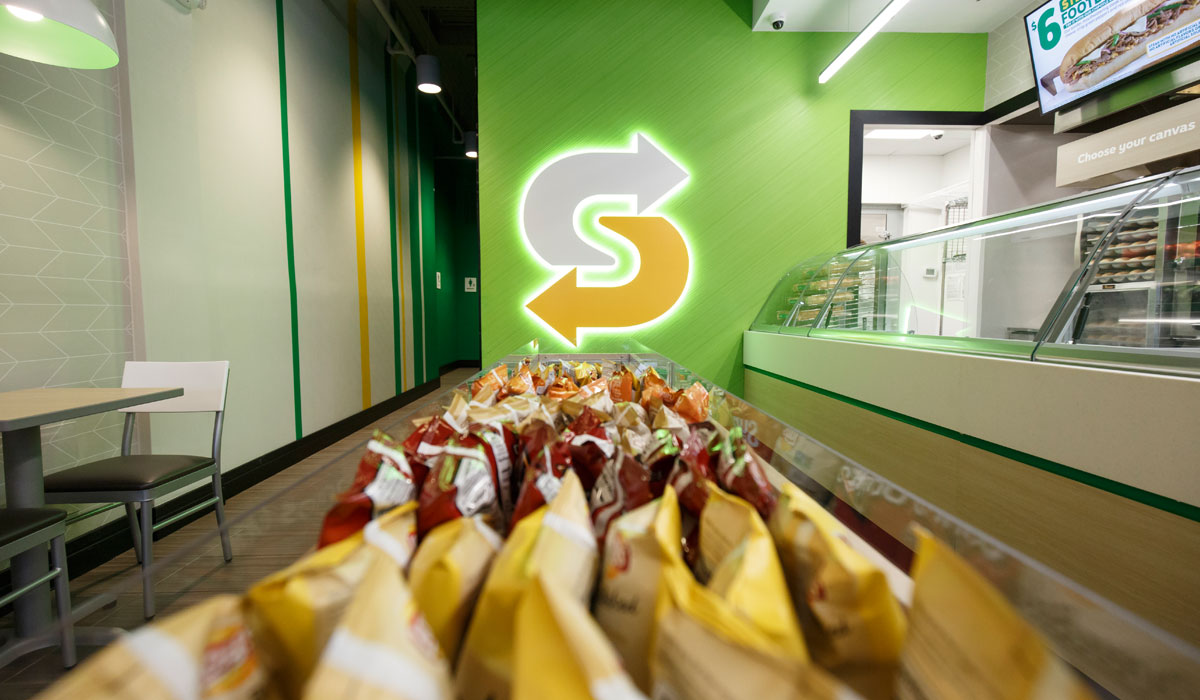


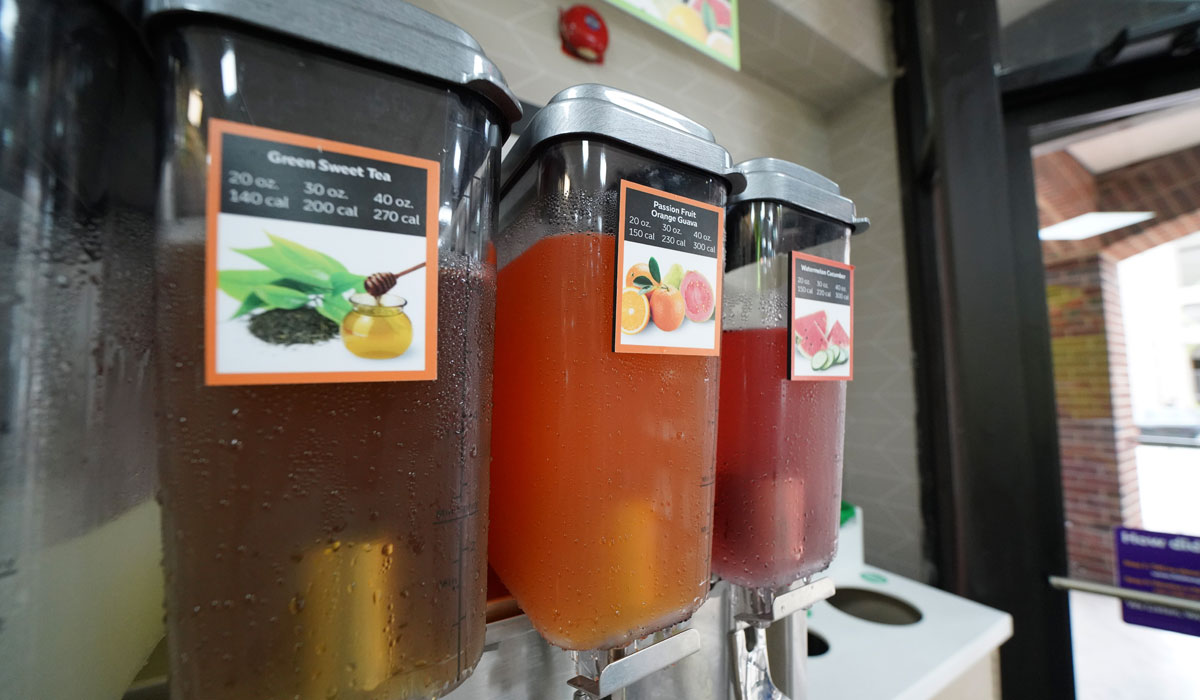
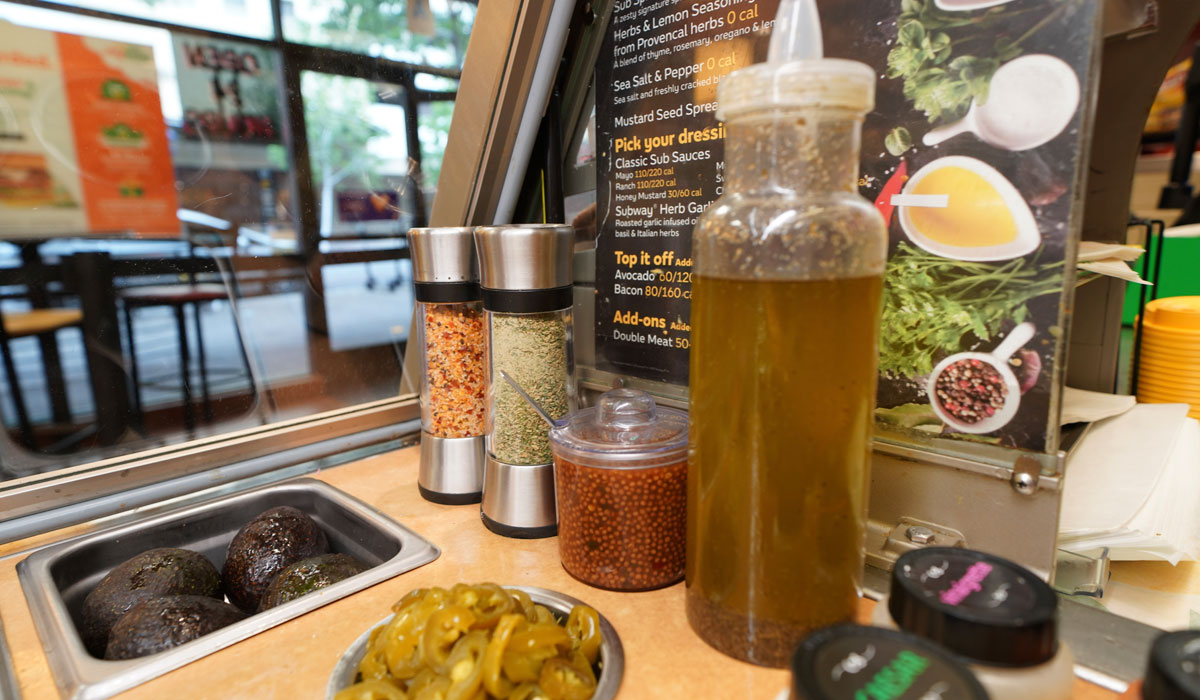
Giving franchisees access to these features and easing some past burdens is driving a lot of the changes at Subway. The chain’s new CEO, Trevor Haynes, who stepped in when Suzanne Greco announced her impending retirement in May, told USA Today on September 10 that franchisees will no longer be required to offer the somewhat maligned $4.99 footlong deal. When Subway announced in December it was bringing back the famed promotion from a different angle, 400 franchisees unhappy with the potential margin hit signed a petition in protest. In June, Subway also shifted gears on a breakfast initiative that began eight years ago with omelet sandwiches at 7 a.m. Like the footlong deal, Subway eased up on operators’ requirements and allowed them to opt out of selling the product. Some could open later as well if they wanted.
In addition to helping operators succeed from an operational angle, Fresh Forward introduced digital elements that were lacking before. Kiosks are a part of some designs. Digital menu boards are also a core feature.
Subway launched what it called the largest loyalty program in quick-service history this past February. Subway MyWay Rewards aimed to help cultivate the customizable experience for guests, as well as pulse offers and rewards to inspire repeat visits. It offers customers surprise treats and tokens that eventually mature into dollars.
“Digital is really critical. It comes down to choice,” Steinwand says. “We’ve got those 4.9 billion ways to make a sandwich that we’re advertising out there. The digital aspect, things like the app and loyalty program in particular, they really just give consumers another way to enjoy their Subway meal.”
Steinwand adds that Subway has been particularly pleased with its relocation success to date. But as with any development plan, she says, the strategy will be the right answer for a portion of the system, while straight remodels will work for others.
Internally, Subway talks about a concept known as “PAVE,” which stands for People. Accessibility. Visibility. Energy.
“And that’s actually not really changed over the last 50 years that we’ve been in business,” Steinwand says. “But where the people are may have changed.”
For example, an interstate 20 years ago may have worked. But the highway itself or the exits might have shifted. “So it makes sense to take that location and move it,” she says.
“But we’re really still looking for those fundamentals of development. Where are the people? Where do we have that really good accessibility into the site? Making sure we can see it, and making sure we’re surrounded by good neighbors that also help draw people to the space,” she says.

